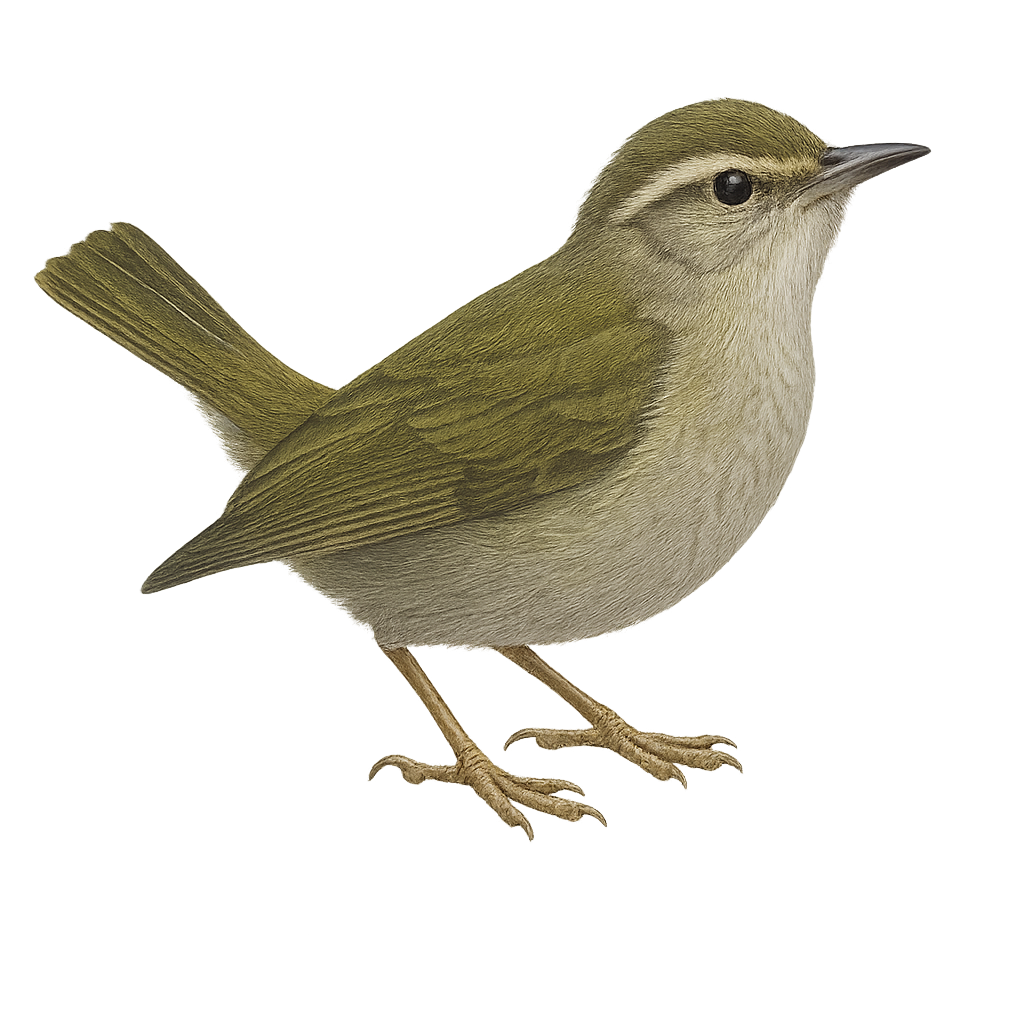Your wildlife photography guide.
Explore the green hylia in detail, study its behavior, prepare your shots.
Where to observe and photograph the green hylia in the wild
Learn where and when to spot the green hylia in the wild, how to identify the species based on distinctive features, and what natural environments it inhabits. The WildlifePhotographer app offers tailored photography tips that reflect the green hylia’s behavior, helping you capture better wildlife images. Explore the full species profile for key information including description, habitat, active periods, and approach techniques.
Green Hylia
Scientific name: Hylia prasina

IUCN Status: Least Concern
Family: MACROSPHENIDAE
Group: Birds
Sensitivity to human approach: Suspicious
Minimum approach distance: 5 m
Courtship display: June to September
Incubation: 14-15 jours
Hatchings: June to October
Habitat:
Tropical rainforests, forest edges, wooded areas
Activity period :
Primarily active during the day, with peak activity in the morning and late afternoon.
Identification and description:
The Green Hylia is a small passerine bird found primarily in sub-Saharan Africa. It is recognizable by its olive-green plumage on the back and lighter underparts, with a slightly darker head. Its modest size and slender, pointed beak are adapted to its mainly insectivorous diet, although it also consumes fruits. It primarily inhabits tropical rainforests, forest edges, and wooded areas. Its song is a melodious trill that often resonates in its natural habitat. Although discreet, it is quite active, moving quickly through foliage in search of food.
Recommended lens:
400 mm – adjust based on distance, desired framing (portrait or habitat), and approach conditions.
Photography tips:
To photograph the Green Hylia, it is advisable to use a telephoto lens of at least 400mm to capture detailed images without disturbing the bird. Look for areas where it is active, such as forest edges, and be patient. Try to capture its natural behavior, especially when feeding or singing. Natural morning or afternoon light is ideal for obtaining vibrant colors and sharp details.
The WildlifePhotographer App is coming soon!
Be the first to explore the best nature spots, track rutting seasons, log your observations, and observe more wildlife.
Already 1 432 wildlife lovers subscribed worldwide

